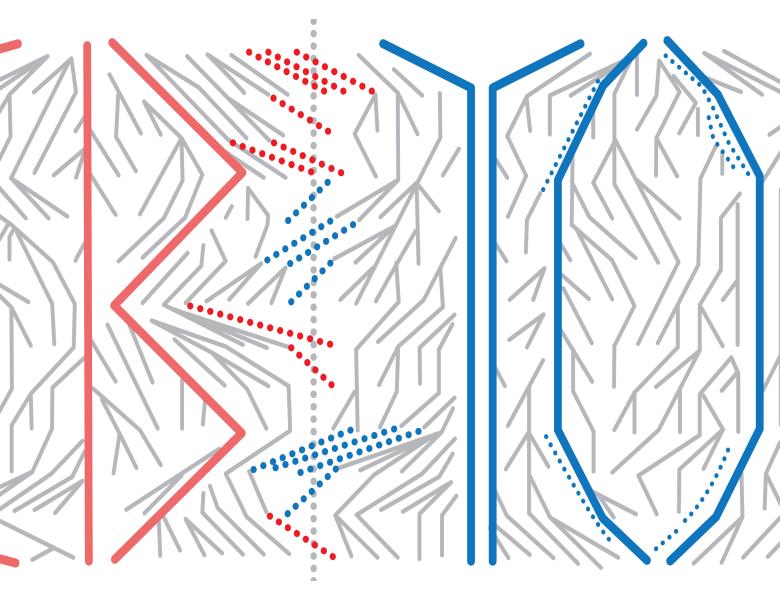
Abstract
Modern genetic datasets are revealing features of our genetic history, and how this has shaped our genomes, in unprecedented detail. We will discuss a novel method to jointly estimate the time of divergence of a pair of populations and their variable sizes, assuming a piecewise constant population size through time. The method uses thousands of regions of the genome with very low recombination rate. For each region, we use an importance sampler to build a large number of possible genealogies, and from those we estimate the likelihood function of parameters of interest. We show via simulation studies that the method performs well in many situations, even where a modest amount of recombination or migration has occurred, giving useful estimates down to times as recent as a few thousand years in the past. We apply the method to five populations from the 1000 Genomes Project, obtaining estimates of split times between European groups and among Europe, Africa and Asia. We simultaneously infer shared and non-shared bottlenecks between out-of-Africa groups, expansions following population separations, and ancestral population sizes further back in time. We will discuss ways in which our results agree, and disagree, with those of previous approaches.


